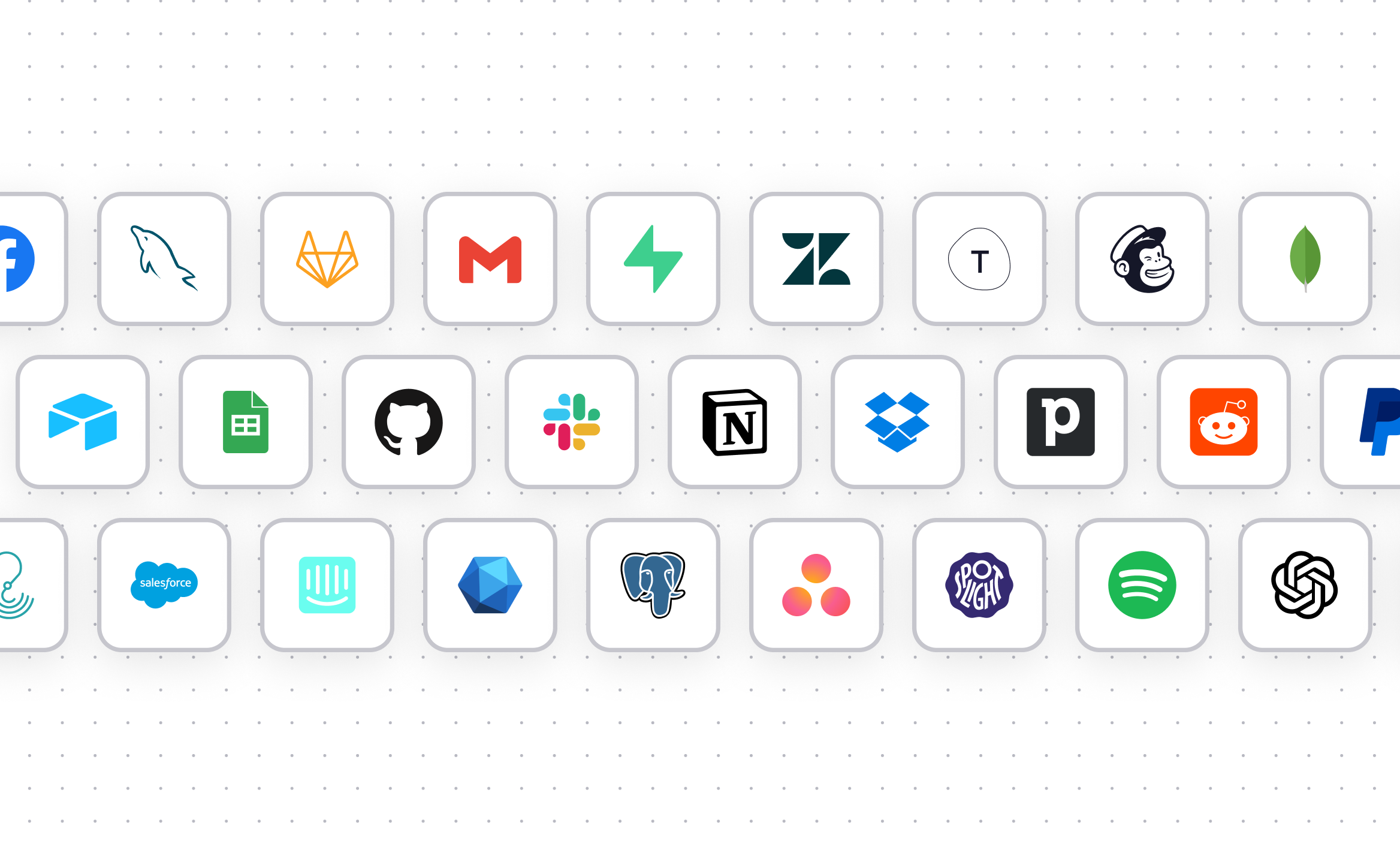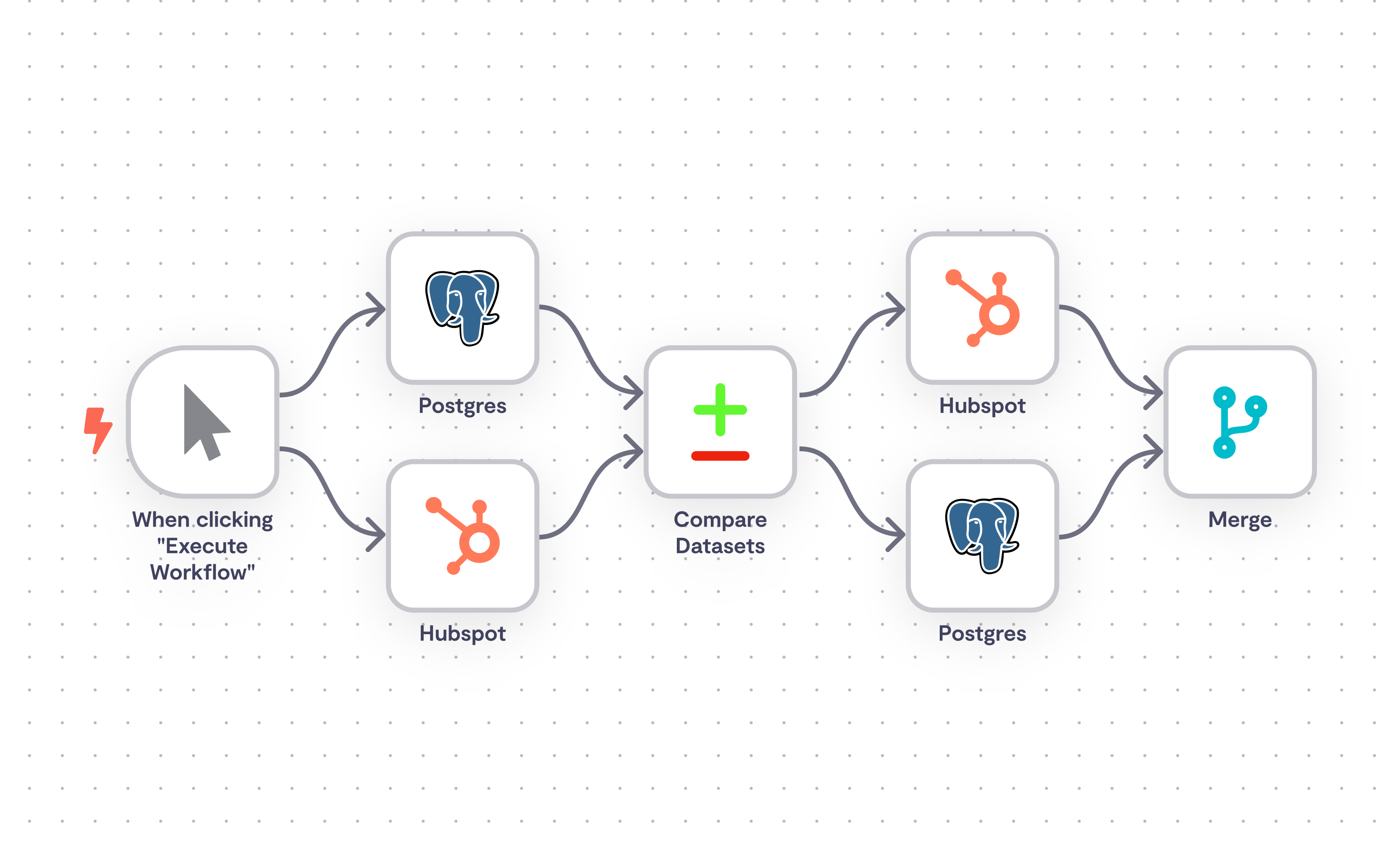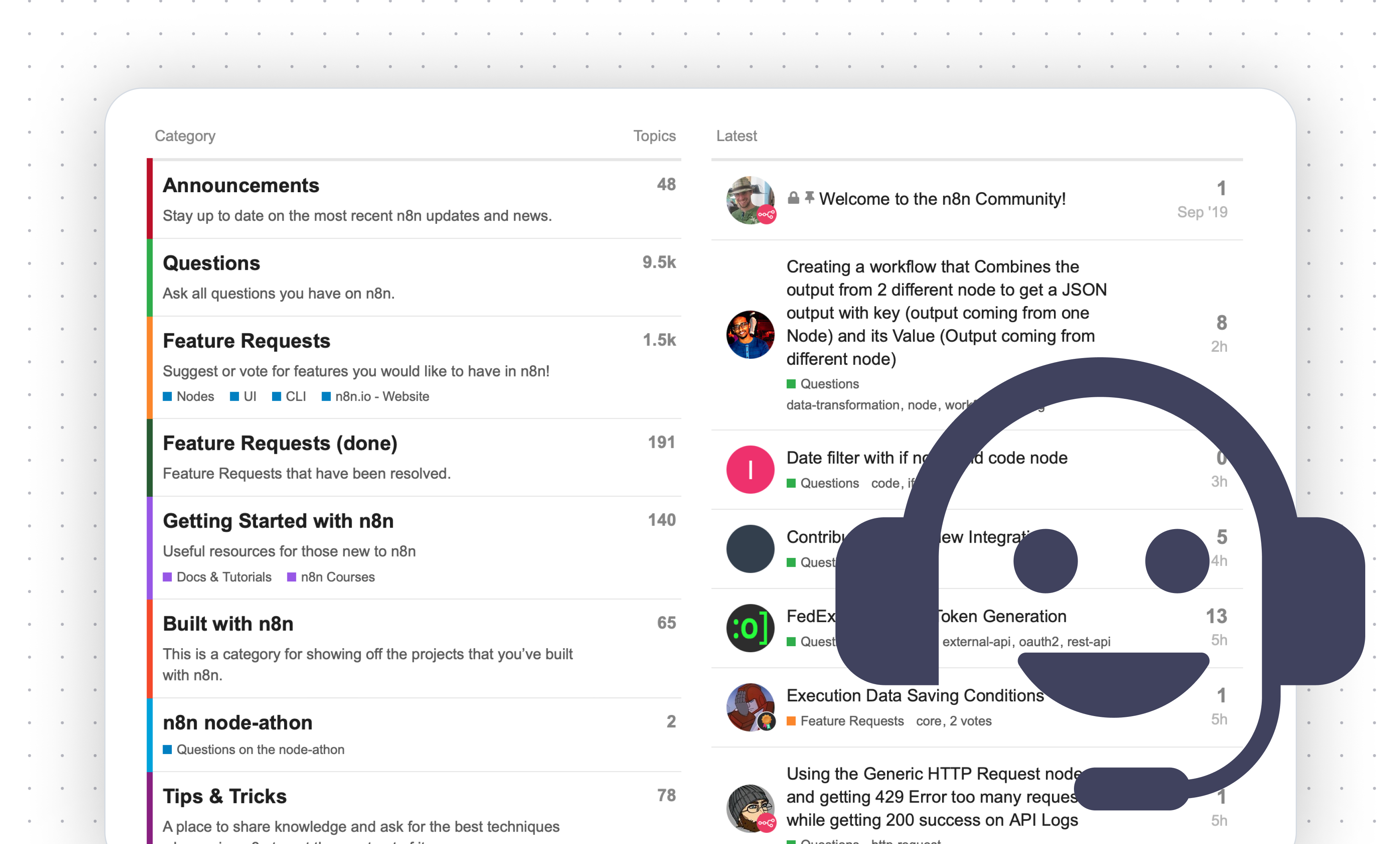Honestly, I didn't want another automation tool. Already spent months with Zapier, got frustrated with Make's confusing interface, and Microsoft Power Automate requires three meetings just to set up. But our integration costs were killing us - $400/month for moving customer data around.
That $400 monthly bill is what pushed me to try n8n in the first place. Here's why it stuck.

What Actually Works
You can see the fucking code. Unlike every other platform, n8n shows you exactly what's happening. When workflows break (and they will), you can debug them instead of submitting tickets. The fair-code license means you're not locked into their ecosystem forever. Runs fine on modern Node.js versions.
Docker deployment takes 30 minutes. Not the 5 minutes their quickstart guide claims - more like 30 minutes if you know Docker, 2 hours if you don't. But once it's running, it stays running. Haven't had to restart it in 6 months.
Execution pricing actually makes sense. A workflow that pulls 1000 rows from PostgreSQL, processes them with Python code, and pushes to external services counts as ONE execution, not 1000+ tasks like Zapier would charge.
The Real Pain Points Nobody Mentions
Memory usage grows over time until you restart the container. Not a huge deal with Docker Compose, but worth knowing. The webhook node breaks with certain reverse proxy setups - took me 3 hours to figure out.
Migration from Zapier sucks. Their migration guides help, but you're basically rebuilding everything from scratch. Took us 2 weeks to recreate 15 workflows. But we went from $400/month to $0/month, so worth it.
The community forum has real answers. GitHub issues get responses, which is more than I can say for most platforms. Documentation actually explains things instead of just listing features.

Bottom line: If you know Docker and don't mind reading docs, n8n gives you way more control than Zapier at a fraction of the cost. The learning curve is real - budget 2-3 days for initial setup. But once it's running, you own the infrastructure and control the costs. That's worth something in today's SaaS pricing environment.




